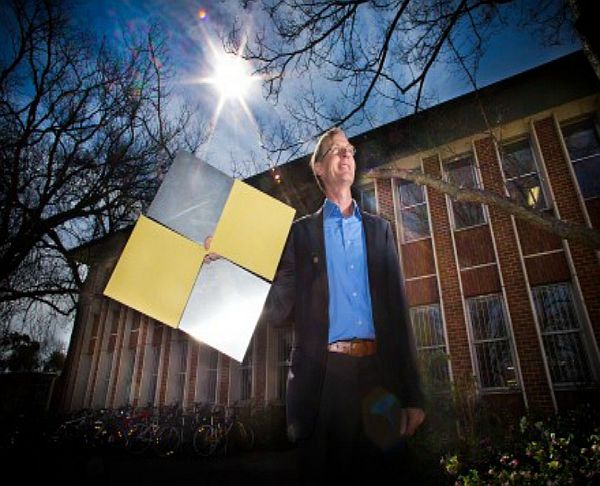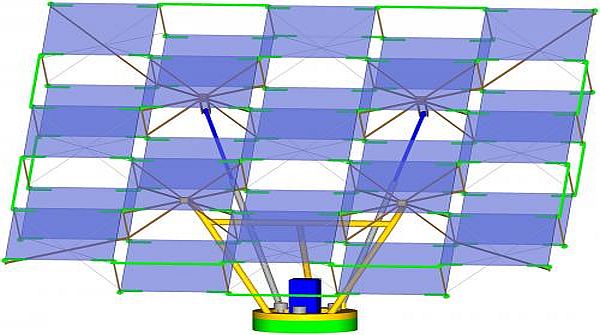PhD Student developing a 3-D solar ‘DLOOP’ model
For normal guys like us a chessboard is just a board meant for playing a game of chess, but for Ross Edgar, a PhD student of College of Engineering and Computer Science the design of a chessboard has served as a platform to develop a 3D solar structure called DLOOP or double-layer orthogonal-offset panel.
Mr. Edgar has been working on the three-dimensional solar model from the past three years which will power our electrical appliances by harnessing the sun’s energy. The model boasts a complete unique design made from overlapping layers of non-overlapping panels.
According to Mr Edgar, The economic advantage of DLOOP technology is expected to be at nine per cent. The solar structure can be built cheaper and lighter as force exerted by strong winds on DLOOP arrangements of photovoltaic panel is about 20 per cent less. Getting cooperation from National Computational Infrastructure’s supercomputer, he was able to understand and calculate the limitations of strong wind conditions on the DLOOP model. Using computation software he analyzed nine to 81 square DLOOP models and also performed wind tunnel tests on some of the scale models.
The PhD student’s plan is to produce a commercial DLOOP model which will deliver about 15-30KW hours of electricity per day.

